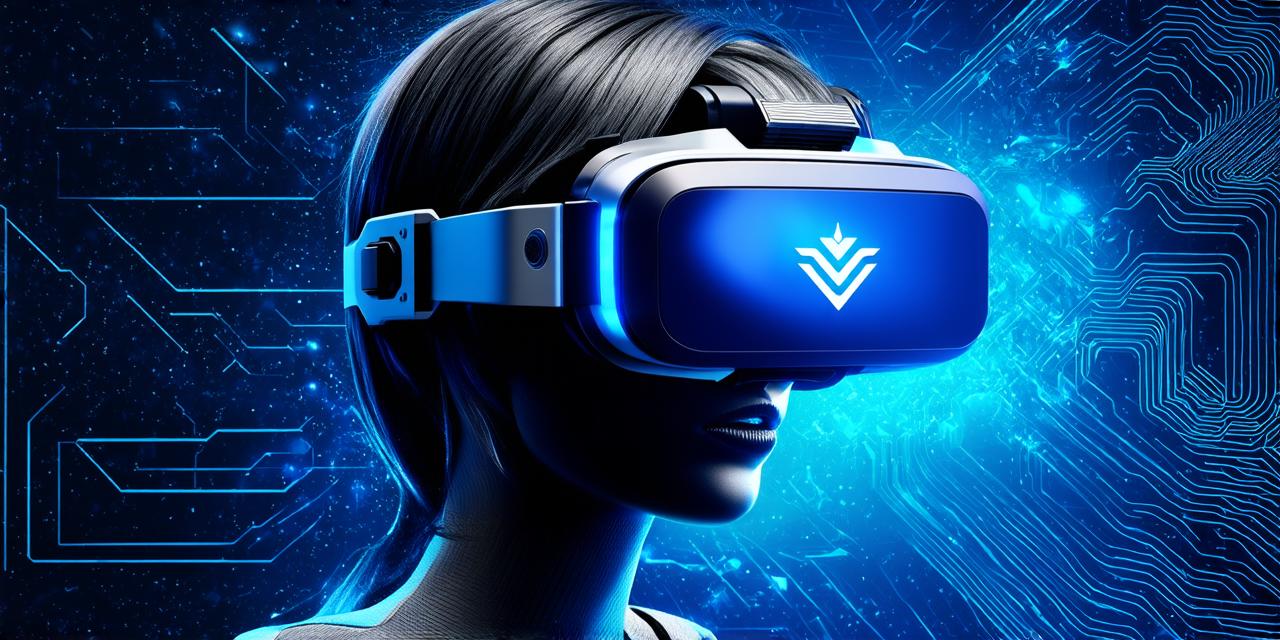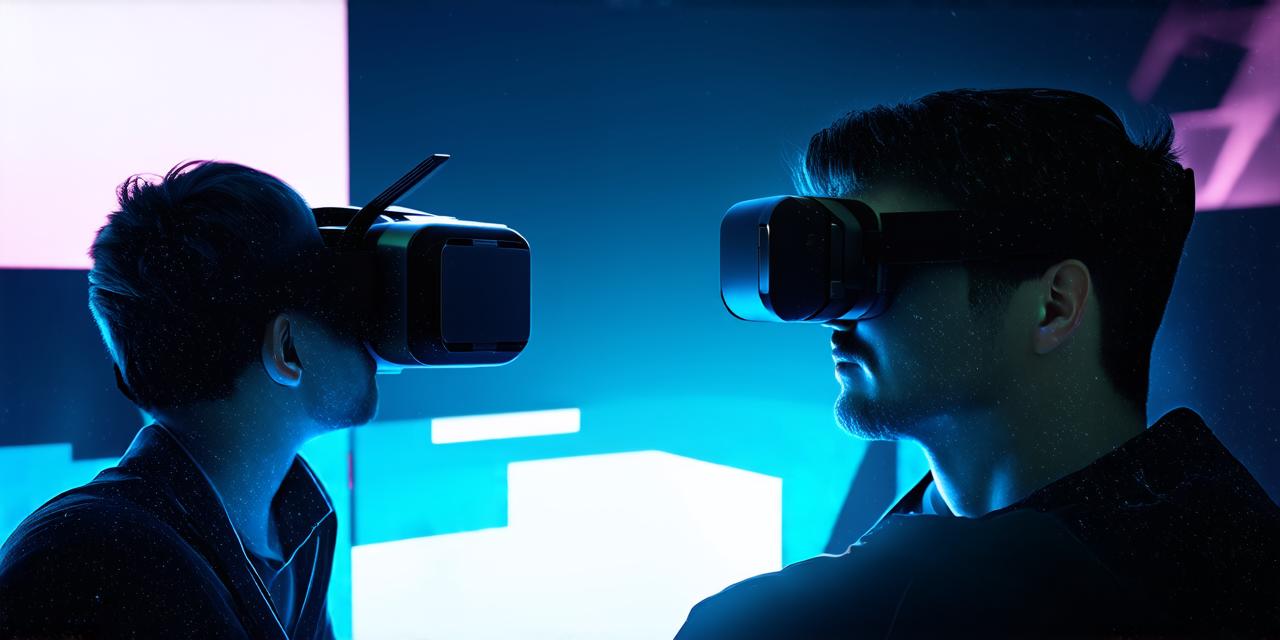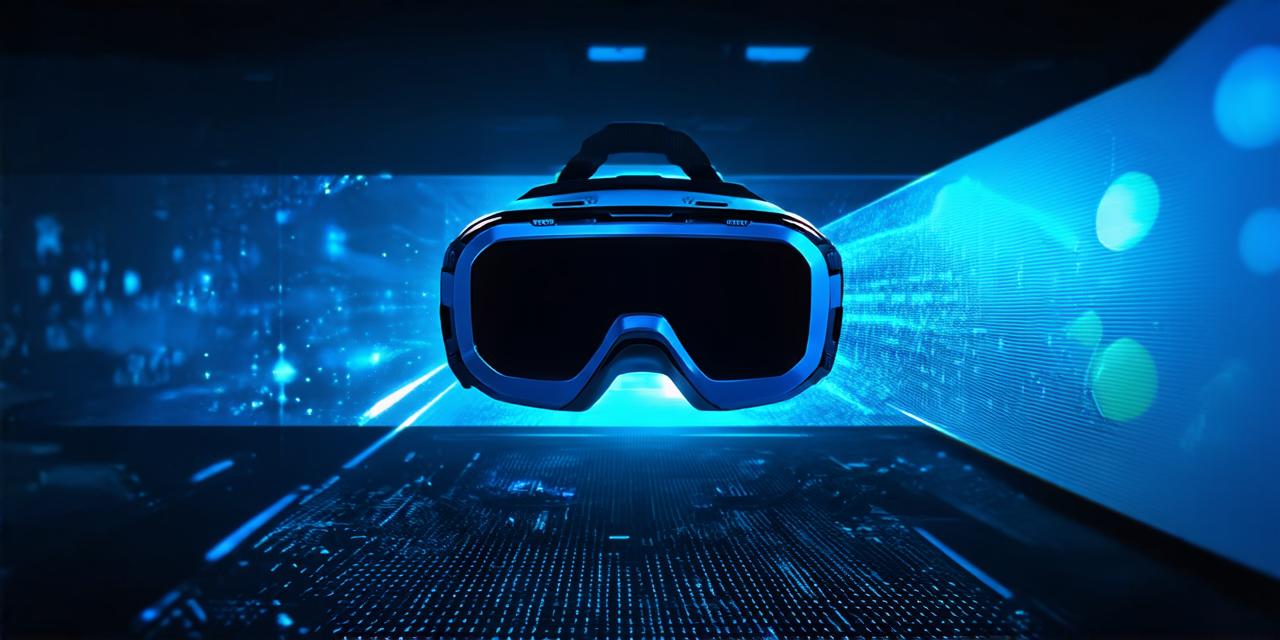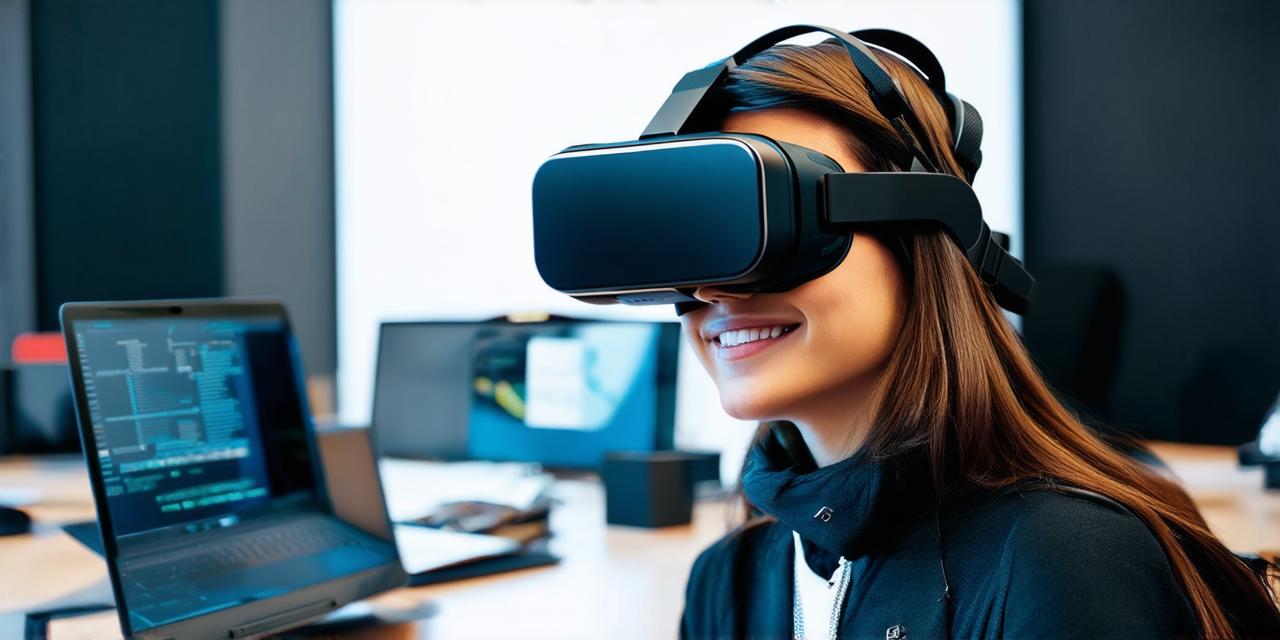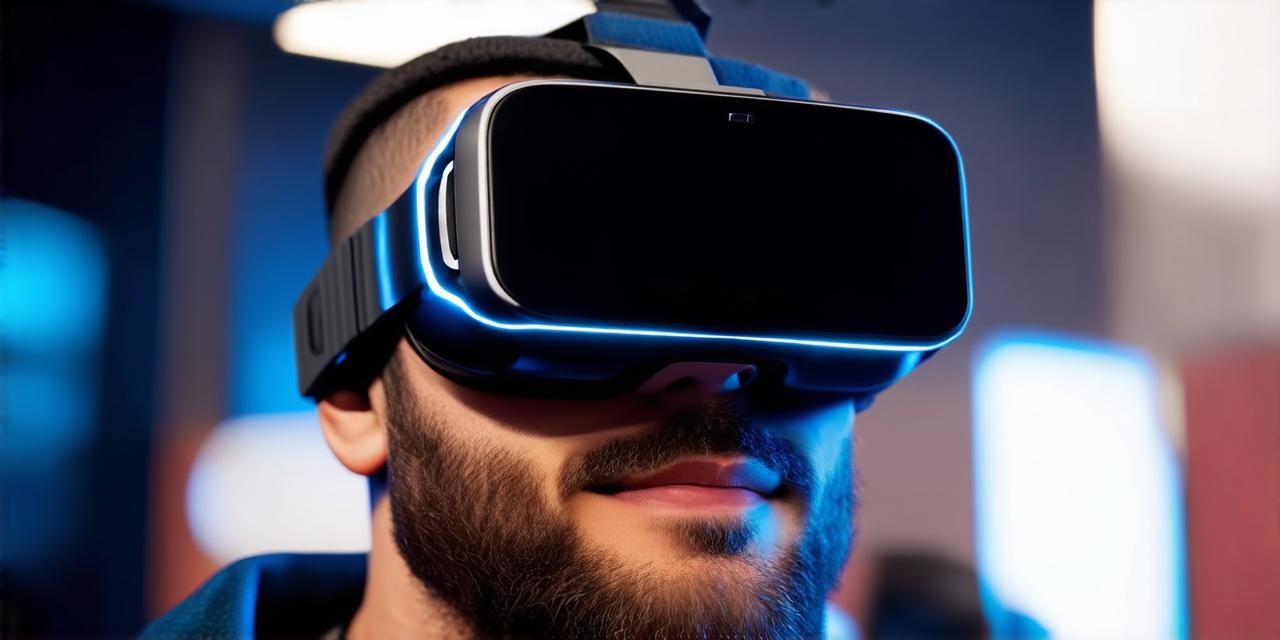Virtual Reality (VR) technology has been advancing rapidly over the past few years. It’s now possible for anyone with a computer and some basic skills to create their own VR experience using game engines like Unity.
Before we dive into the details, let’s first understand what virtual reality is.
Virtual reality is a computer-generated simulation that allows users to experience a 3D environment as if they were actually there. This technology has many applications, including gaming, education, and even therapy.
Now that you have a basic understanding of VR, let’s take a look at the steps involved in creating your own VR experience using Unity:
- Install Unity
The first step to creating your own VR experience is to install Unity on your computer. You can download the latest version of Unity from their website. Once installed, you will need to create a new project and select "Virtual Reality" as the project template.2. Create Your Scene
Once you have installed Unity and created a new project, it’s time to create your scene. A scene in Unity is a 3D space where you can place objects, characters, and other elements. To create your scene, open Unity and go to the "Window" menu and select "Scene". From there, you can choose from several pre-made scenes or create your own. You can also import your own 3D models into the scene.
3. Add VR Components
To turn your scene into a VR experience, you need to add VR components to your objects. These components will allow your objects to interact with the virtual environment and the user. To add VR components, go to the "Assets" menu and select "Import Package". From there, you can import the VR components that you need for your scene. You can also create your own VR components using C scripts.
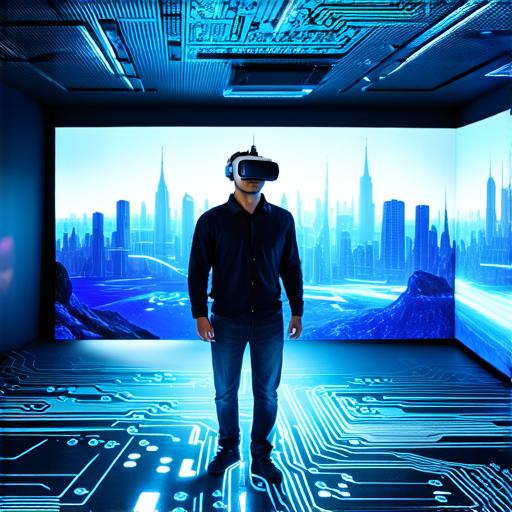
4. Design Your Environment
Once you have added VR components to your objects, it’s time to design your environment. This includes adding textures, lighting, and other visual elements to your scene. To do this, go to the "Inspector" window and select the object that you want to edit. From there, you can add textures, lights, and other components to your object. You can also use Unity’s built-in tools to create complex environments, such as terrain generation or particle systems.
5. Create Your User Interface
Your VR experience will need a user interface (UI) to allow users to interact with the virtual environment. To create your UI, go to the "Window" menu and select "UI". From there, you can choose from several pre-made UI elements or create your own. You can also use Unity’s built-in tools to create custom UI components, such as buttons or sliders.
6. Test Your VR Experience
Once you have designed your scene, added VR components, designed your environment, and created your UI, it’s time to test your VR experience. To do this, go to the "Play" menu and select "VR". This will launch your VR experience in a headset or on a computer screen. You can also use Unity’s built-in tools to debug and optimize your VR experience.
7. Refine Your VR Experience
After testing your VR experience, you may find that it needs some refinement. This could include adjusting the lighting, adding more objects to the scene, or changing the UI elements. To do this, go back to the "Inspector" window and make the necessary changes to your scene. You can also use Unity’s built-in tools to analyze performance and optimize your VR experience for better performance.
8. Publish Your VR Experience
Once you are satisfied with your VR experience, it’s time to publish it. You can publish your VR experience on several platforms, including the Oculus Store, Steam, and the Google Play Store. To do this, go to the "Assets" menu and select "Packaging". From there, you can choose the platform that you want to publish your VR experience on and follow the necessary steps to submit your game. You will need to create an account on the platform you want to publish your VR experience on.
In conclusion, creating a VR experience using Unity is a great way for anyone with a computer and basic skills to enter the world of virtual reality. With these steps, you can create a fully immersive VR experience that will transport users to another world. Whether you’re looking to create a gaming experience or a virtual tour of your business, Unity has all the tools you need to bring your vision to life.
